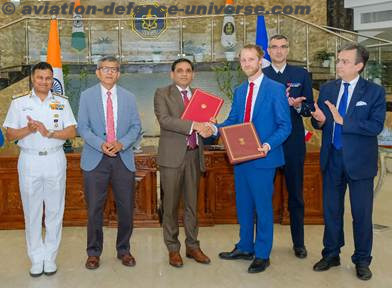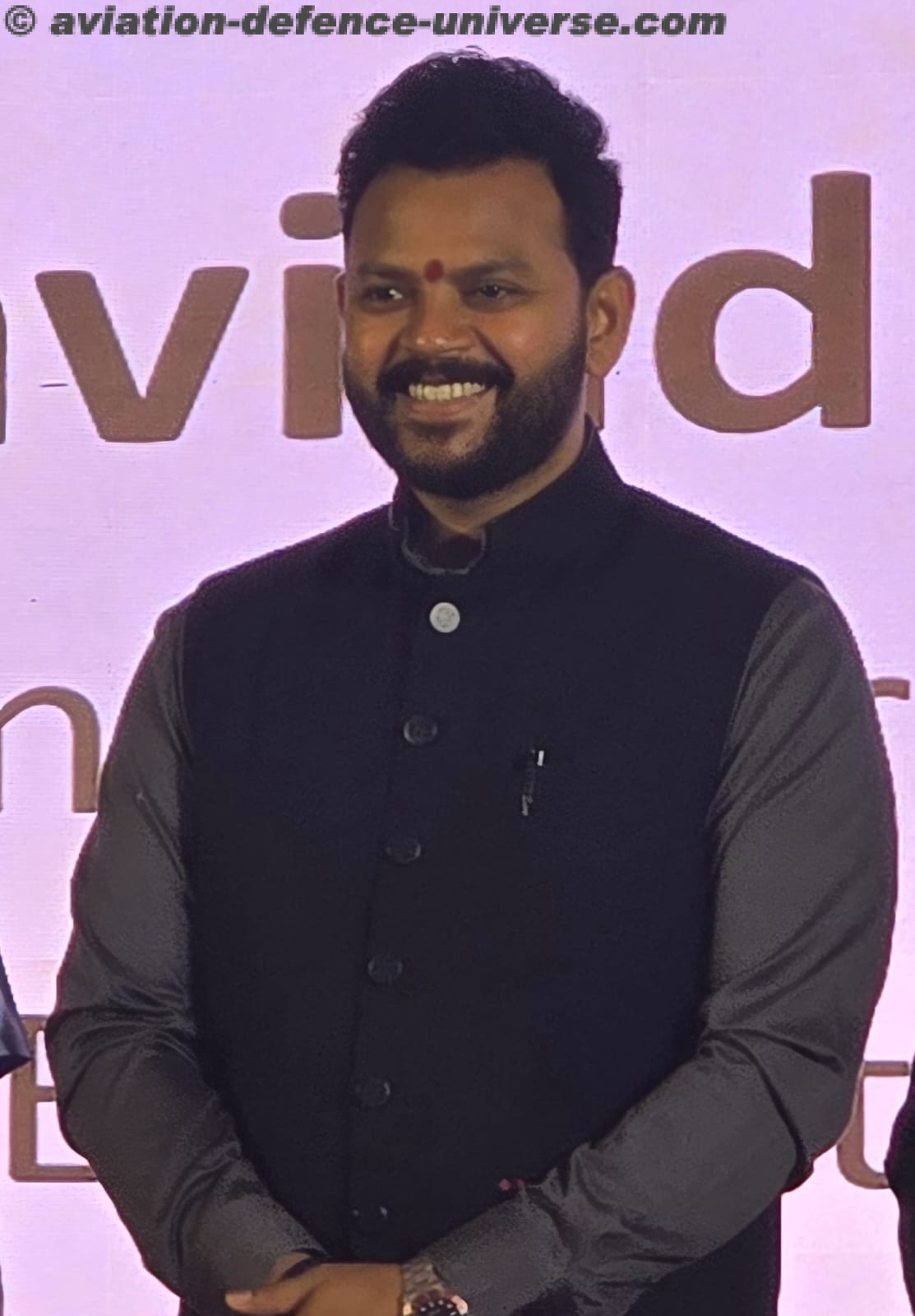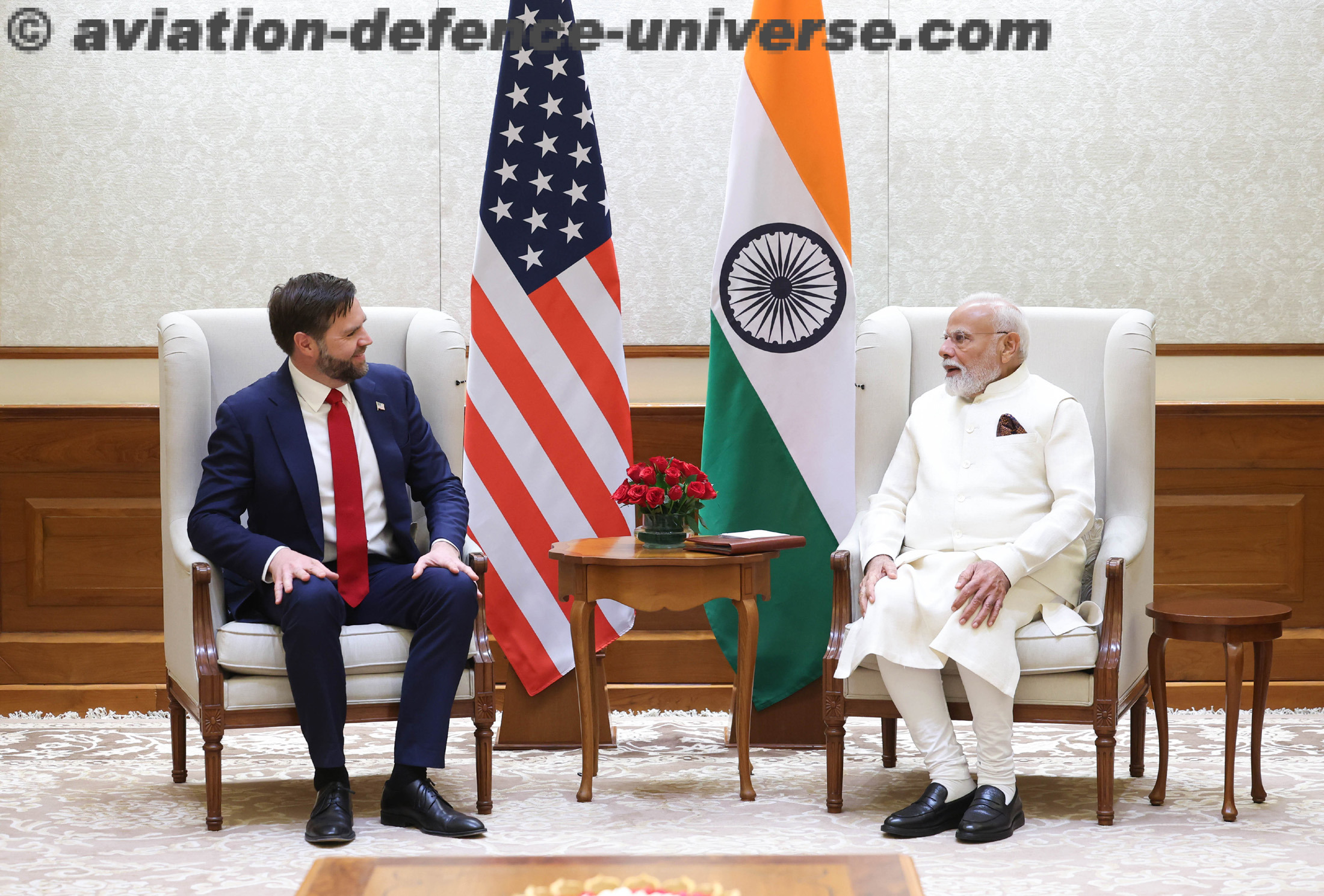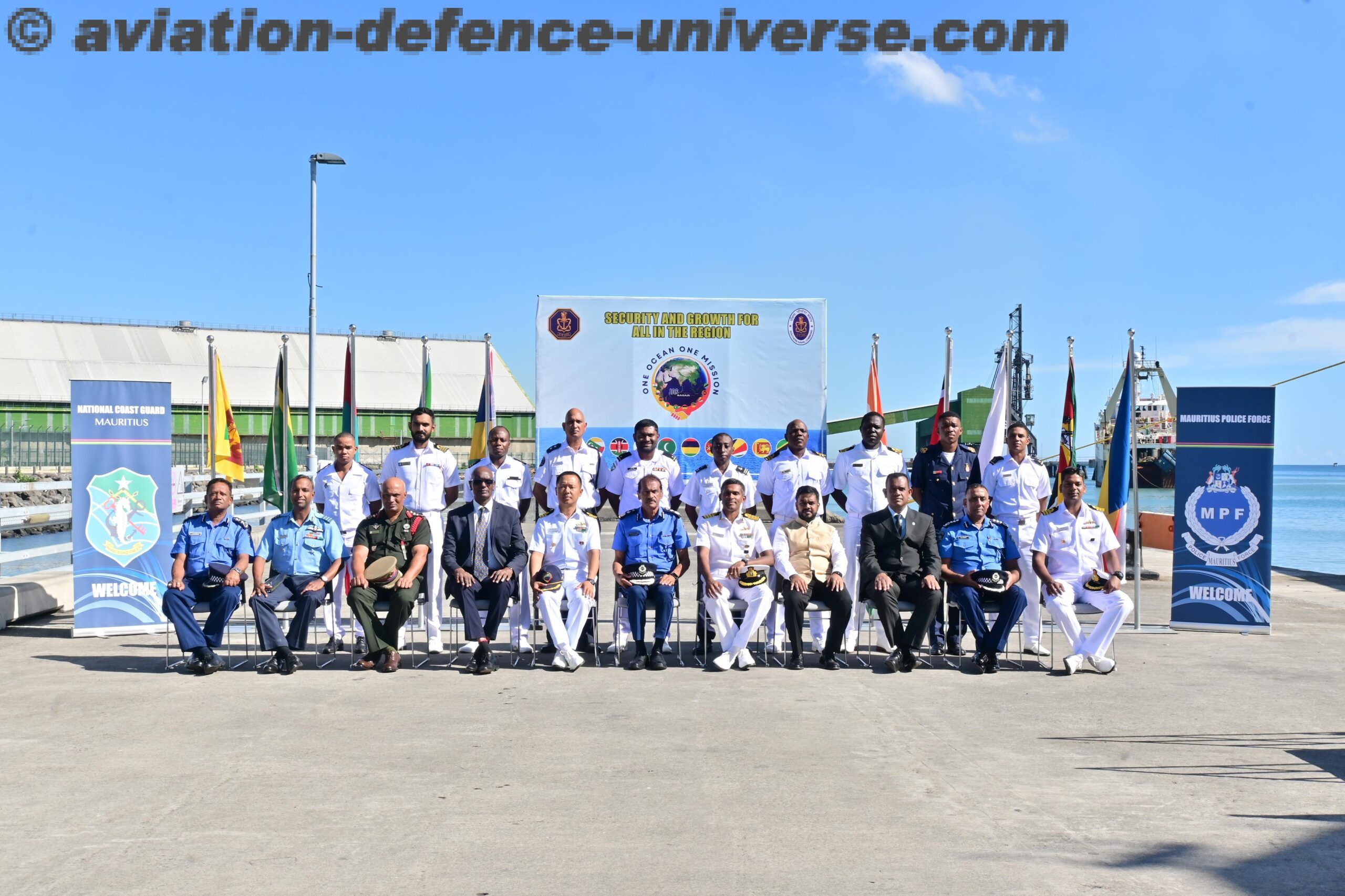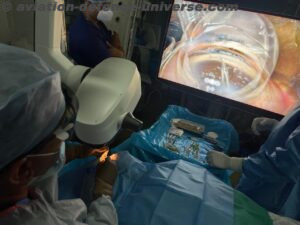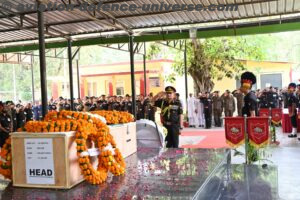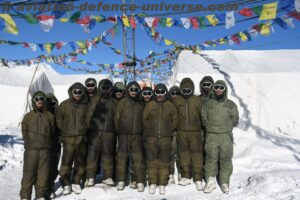 New Delhi. October 2015.
New Delhi. October 2015. What do
cricketers
Kapil Dev, Mahendra Singh Dhoni , shooter Abhinav Bindra and actor Mohanlal in common? No prizes for guessing- they are all officers of the Territorial Army in India (TA), motivators for millions of youth to choose army as their career and for thousands of professionals who feel the attracted to the defence forces, want to contribute to national security but cannot opt for a full time career. No one misses the bus—you can still join the bandwagon.
An organization of volunteers who receive military training for a few days in a year so that in case of an emergency, they can be mobilized for the defence of the country. A second line of defence after the Regular Indian Army, the Indian Territorial Army is not a profession, occupation or a source of employment. It is only meant for those people who are already in mainstay civilian professions, in fact, gainful employment or self-employment in a civil profession is a pre-requisite for joining the Territorial Army.
Indian Defence Minister Manohar Parrikar addressing the 66th Anniversary Parade of TA expressed confidence that the dedicated and disciplined personnel of TA will leave a lasting impression of their effort similar to those as have been witnessed in the field of reclamation of environmentally degraded lands and restoration of ecological balance.

The Indian Defence Force, incorporating Europeans and Indians in separate sections, was formed by the British in 1917. It was established in order to release regular troops from garrison duties during the First World War. It was divided into British and Indian sections. Like the Indian Army of the time, units in the Indian section consisted primarily of British officers and Indian other ranks. Units in the British section were all British.
The Indians were volunteers, but many of the Europeans were conscripted, as the Indian Defence Force Act 1917 made military service compulsory for all Europeans permanently residing in British India (including the princely states) between the ages of 16 and 50. Boys between 16 and 18 were only obliged to undertake training and men over 40 only had to serve in their local district, but men between 19 and 40 were obliged to serve anywhere required within the country. Only the clergy were exempt.The IDF was generally unpopular among the British conscripts. It was replaced by the Auxiliary Force (for Europeans and Eurasians) and the Indian Territorial Force (for Indians) in 1920.

The modern Territorial Army was inaugurated by the first Indian Governor-General of India C. Rajagopalachari on 9 October 1949 after the Independence Territorial Army Act was passed in 1948. The annual Prime Minister’s Territorial Army Day Parade takes place on 9 October.
The Territorial Army initially had various types of units such as armoured regiments, infantry battalions, air defence, medical regiments, engineers field park companies, signal regiments, Electrical and Mechanical Engineers (EME) workshops, coast batteries, Army Service Corps GT Coy, ASC Compo Pl, and AMC field ambulances. By 1972 these units were either disbanded or converted to Regular Army units with the exception of infantry battalions.

These units were actively involved in military operations in 1962, 1965 and 1971. The “Terriers” have also taken part in Operation Pawan in Sri Lanka, Operation Rakshak in Punjab & J&K, Operation Rhino and Operation Bajrang in the North East. Departmental units came to the aid of the civil authorities during industrial unrest and natural calamities, most famous being earthquake in Latur (Maharastra), Uttarkashi in Garhwal Himalaya and the super cyclone in Orissa. The Ecological units have arrested man made environmental degradation by planting 25 million trees over 20,000 hectare of land in Mussoorie hills & Pithoragarh (Uttarakhand), Bikaner & Jaisalmer (Rajasthan) and ravines of Chambal in Madhya Pradesh.and new next campe in gorakhpur work in progress

The Territorial Army has a strength of approximately 40,000 first line troops (and 160,000 second line troops) comprising departmental Territorial Army units such as railway, IOC, ONGC, telecommunication and General Hospital, and the non-departmental Territorial Army units of infantry battalions and ecological battalions affiliated to various infantry regiments.
Recruits train for a continuous period of thirty days in the first year only and for a continuous period of two calendar months in the first and subsequent years. Officers receive ten weeks of compulsory post commission training within two years of commissioning.
Many famous Indians have been members of this force, including Brigadier K P Singh Deo, former Cabinet Minister; Captain Rao Birender Singh, former Chief Minister of the State of Haryana; Subir Raha, former Chairman, ONGC; Padam Shree, Brigadier (Ret.) Dr. Kapil Mohan V.S.M. PhD Managing Director, Mohan Meakin Breweries and various present ministers, legislators, senior civil officers and professionals.

Muthukrishnan Iyyappan, commissioned in 1999 was the first officer of the Territorial Army to be permanently seconded to the regular army. He joined the 3rd battalion of 8 Gorkha Rifles and served a tenure at the Siachen Glacier — again the first officer of Territorial Army to serve in the Siachen Glacier. Capt. Muthukrishnan Iyyappan was also the first officer of the Territorial Army to be posted at the Defense Services Staff College where he was the Officer Commanding – Troops during 1999–2000. Navdeep Singh, a lawyer, is known to have received the highest number of decorations/awards in the Territorial Army. Mohanlal, the Malayalam Film Superstar is a Lt Col in the TA (Madras Regiment). Major Vishal Bakshi, Chairman of VR Industries, was awarded with the Vishisht Seva Medal, on Republic Day, 2010.

Prof. Dr. Deepak Rao, a military trainer, scientist, author, and physician is considered to be an authority in the field of Close Quarter Battle training. He has been conferred an Honorary Rank of Major in the Territorial Army after 17 years of imparting special Close Quarter Battle commando training to the armed forces. He serves as the Executive Director of the Unarmed & Commando Combat Academy and has been appointed as Resource Personnel for imparting training in Close Quarter Battle by the Ministry of Home Affairs, India.
“TA has a distinguished history and has been a bulwark for the nation in extremely challenging condition during war, counter insurgency operations as well as natural calamities. Over a period of time, Territorial Army has transformed from being a ‘Reserve’ to a motivated and trained force. TA has its imprint over a vast geographical expanse and covers the entire span of our country including island territories, thereby effectively contributing to ‘unity in diversity’ of the country. The nation acknowledges the contributions and sacrifices made by our TA which has always risen to the challenge whenever it has been called upon to act for the security of the nation or for the service of our citizens, he added.”

Earlier the Minister inspected the parade and took salute from different TA contingents, which also included three tableaux depicting its pioneering role in preservation of eco-system and the nation’s rich bio-diversity, efforts in ensuring uninterrupted rail communication and smooth and efficient oil and natural gas refining and supplies.
The Defence Minister was received by the Chairman Chiefs of Staff Committee and Chief of Air Staff Air Chief Marshal Arup Raha, Chief of the Naval Staff Admiral RK Dhowan, Chief of the Army Staff General Dalbir Singh and Addl. Director General, TA Major General Surinder Singh.
 New Delhi. October 2015. What do cricketers Kapil Dev, Mahendra Singh Dhoni , shooter Abhinav Bindra and actor Mohanlal in common? No prizes for guessing- they are all officers of the Territorial Army in India (TA), motivators for millions of youth to choose army as their career and for thousands of professionals who feel the attracted to the defence forces, want to contribute to national security but cannot opt for a full time career. No one misses the bus—you can still join the bandwagon.
New Delhi. October 2015. What do cricketers Kapil Dev, Mahendra Singh Dhoni , shooter Abhinav Bindra and actor Mohanlal in common? No prizes for guessing- they are all officers of the Territorial Army in India (TA), motivators for millions of youth to choose army as their career and for thousands of professionals who feel the attracted to the defence forces, want to contribute to national security but cannot opt for a full time career. No one misses the bus—you can still join the bandwagon. The Indian Defence Force, incorporating Europeans and Indians in separate sections, was formed by the British in 1917. It was established in order to release regular troops from garrison duties during the First World War. It was divided into British and Indian sections. Like the Indian Army of the time, units in the Indian section consisted primarily of British officers and Indian other ranks. Units in the British section were all British.
The Indian Defence Force, incorporating Europeans and Indians in separate sections, was formed by the British in 1917. It was established in order to release regular troops from garrison duties during the First World War. It was divided into British and Indian sections. Like the Indian Army of the time, units in the Indian section consisted primarily of British officers and Indian other ranks. Units in the British section were all British.  The modern Territorial Army was inaugurated by the first Indian Governor-General of India C. Rajagopalachari on 9 October 1949 after the Independence Territorial Army Act was passed in 1948. The annual Prime Minister’s Territorial Army Day Parade takes place on 9 October.
The modern Territorial Army was inaugurated by the first Indian Governor-General of India C. Rajagopalachari on 9 October 1949 after the Independence Territorial Army Act was passed in 1948. The annual Prime Minister’s Territorial Army Day Parade takes place on 9 October. These units were actively involved in military operations in 1962, 1965 and 1971. The “Terriers” have also taken part in Operation Pawan in Sri Lanka, Operation Rakshak in Punjab & J&K, Operation Rhino and Operation Bajrang in the North East. Departmental units came to the aid of the civil authorities during industrial unrest and natural calamities, most famous being earthquake in Latur (Maharastra), Uttarkashi in Garhwal Himalaya and the super cyclone in Orissa. The Ecological units have arrested man made environmental degradation by planting 25 million trees over 20,000 hectare of land in Mussoorie hills & Pithoragarh (Uttarakhand), Bikaner & Jaisalmer (Rajasthan) and ravines of Chambal in Madhya Pradesh.and new next campe in gorakhpur work in progress
These units were actively involved in military operations in 1962, 1965 and 1971. The “Terriers” have also taken part in Operation Pawan in Sri Lanka, Operation Rakshak in Punjab & J&K, Operation Rhino and Operation Bajrang in the North East. Departmental units came to the aid of the civil authorities during industrial unrest and natural calamities, most famous being earthquake in Latur (Maharastra), Uttarkashi in Garhwal Himalaya and the super cyclone in Orissa. The Ecological units have arrested man made environmental degradation by planting 25 million trees over 20,000 hectare of land in Mussoorie hills & Pithoragarh (Uttarakhand), Bikaner & Jaisalmer (Rajasthan) and ravines of Chambal in Madhya Pradesh.and new next campe in gorakhpur work in progress The Territorial Army has a strength of approximately 40,000 first line troops (and 160,000 second line troops) comprising departmental Territorial Army units such as railway, IOC, ONGC, telecommunication and General Hospital, and the non-departmental Territorial Army units of infantry battalions and ecological battalions affiliated to various infantry regiments.
The Territorial Army has a strength of approximately 40,000 first line troops (and 160,000 second line troops) comprising departmental Territorial Army units such as railway, IOC, ONGC, telecommunication and General Hospital, and the non-departmental Territorial Army units of infantry battalions and ecological battalions affiliated to various infantry regiments.
 Prof. Dr. Deepak Rao, a military trainer, scientist, author, and physician is considered to be an authority in the field of Close Quarter Battle training. He has been conferred an Honorary Rank of Major in the Territorial Army after 17 years of imparting special Close Quarter Battle commando training to the armed forces. He serves as the Executive Director of the Unarmed & Commando Combat Academy and has been appointed as Resource Personnel for imparting training in Close Quarter Battle by the Ministry of Home Affairs, India.
Prof. Dr. Deepak Rao, a military trainer, scientist, author, and physician is considered to be an authority in the field of Close Quarter Battle training. He has been conferred an Honorary Rank of Major in the Territorial Army after 17 years of imparting special Close Quarter Battle commando training to the armed forces. He serves as the Executive Director of the Unarmed & Commando Combat Academy and has been appointed as Resource Personnel for imparting training in Close Quarter Battle by the Ministry of Home Affairs, India.












